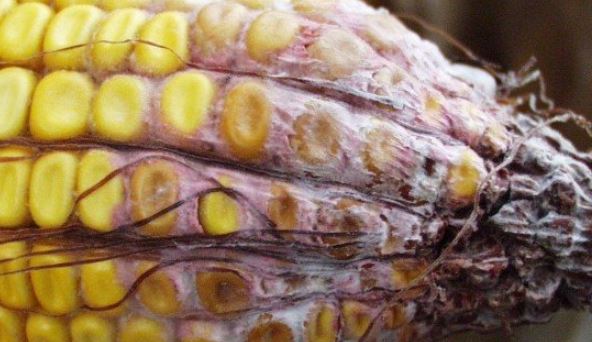Lyme disease compromises your body’s ability to detoxify, increasing risk from environmental toxins like heavy metals
06/10/2019 / By Tracey Watson

Lyme disease is far more common than many of us realize. The U.S. Centers for Disease Control and Prevention (CDC) estimates that around 300,000 people are diagnosed with this bacterial infection each year. That’s over 1.5 times more people than the total number of women diagnosed with breast cancer, and about six times as many as those who are diagnosed with HIV/AIDS each year.
As high as that figure is, experts believe that the true number of Lyme patients is far higher, since diagnosing the condition can be extremely tricky. And the number of patients continues to climb, with Lyme being one of the fastest growing infectious diseases of our time. Last summer, over 400,000 cases were documented, making it one of the worst years in history.
This is alarming, because as reported by Waking Times, Lyme disease inhibits the body’s ability to detoxify, making patients extremely vulnerable to the dangerous effects of heavy metal exposure.
What is Lyme disease?
Lyme disease is caused by the corkscrew-shaped bacterium, Borrelia burgdorferi. It is primarily transmitted by the Ixodes tick, commonly known as either the deer or black-legged tick. These ticks are often found in grassy and densely wooded areas. It is a common misconception that Lyme disease is only prevalent on the East Coast; it is actually found throughout the United States and in over 60 other countries. In fact, it has been detected on every continent except Antarctica.
Lyme disease can affect anyone of any age, but most commonly strikes outdoor enthusiasts, young children, seniors and those who work as park rangers or firefighters.
Not all ticks are carriers of Lyme disease, and infection rates can be as low as 0 percent in some areas and as high as 70 percent in others.
As reported by the Lyme Disease Organization, this disease can be difficult to diagnose and is often confused with other conditions, including chronic fatigue syndrome, multiple sclerosis, fibromyalgia and even a variety of psychiatric illnesses.
As previously reported by Natural News, the symptoms of Lyme disease change as the disease progresses:
In the early stages of the infection, symptoms often include malaise, unproductive fever, and muscle aches. A full diagnosis isn’t made until a particular rash appears. This rash, called a bulls-eye rash, congregates around the site of the tick bite. This rash, typically two inches in diameter, includes a red ring, encircled by a paler ring, and finally enclosed by a third, darker red ring.
As the disease progresses into the “early disseminated” stage, the initial rash may disappear and give way to similar rashes that occur on different spots of the body. The nervous system may become affected too, with pains occurring in the leg nerves, headaches, and a stiff neck. If the infection progresses, the bacteria may disrupt the nerves in the face and joints, causing aches and swelling in the affected areas.
If the infection is not controlled, a person may face the “late disseminated” stage of the disease, which includes swelling in the knees, insomnia, fatigue, memory loss, and personality changes.
The link between Lyme disease and heavy metals
Heavy metals like arsenic, mercury and lead are pervasive in the environment and there is no way to completely avoid exposure to them. However, when the body is healthy, the liver is able to detoxify the body from much of this exposure.
Unfortunately, as Lyme disease develops it shuts this detoxification system down, causing a dangerous buildup of heavy metals in the body. Heavy metal poisoning can cause miscarriages, bone deformities in children, abdominal pain, nausea, diarrhea, vomiting, chills, tingling in the extremities and shortness of breath.
Depending on the metal involved, exposure can also result in personality problems, aggressive behavior, coordination issues, vision problems, heart conditions and much more.
With this in mind, it is essential to take the necessary steps to prevent tick bites, and therefore avoid Lyme disease. And anyone who has already been exposed should be aware of the risk of heavy metal accumulation and take urgent steps to detoxify their bodies.
Learn more at Remedies.news.
Sources include:
Tagged Under: detox, environment, Heavy Metal Detox, heavy metal exposure, Lyme disease, outdoor dangers, ticks, toxins
RECENT NEWS & ARTICLES
COPYRIGHT © 2017 TOXINS NEWS



















